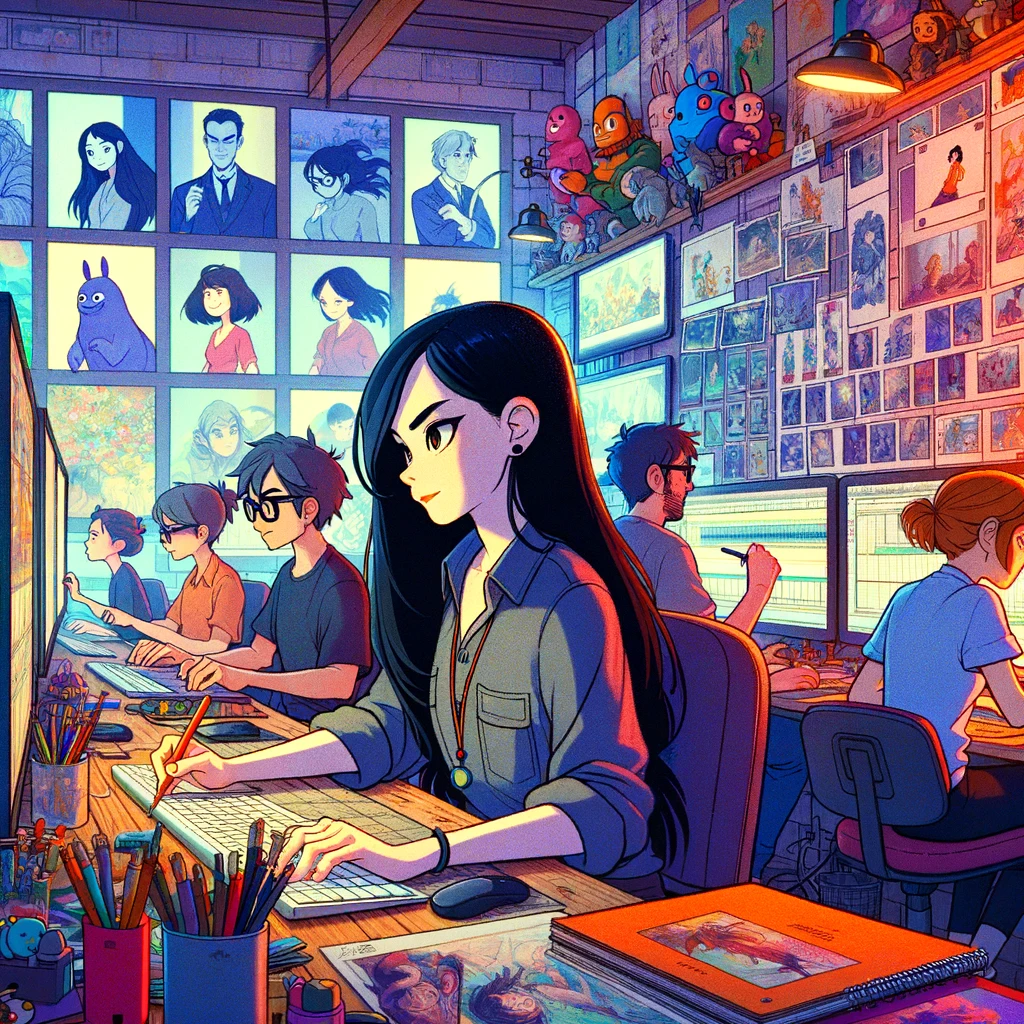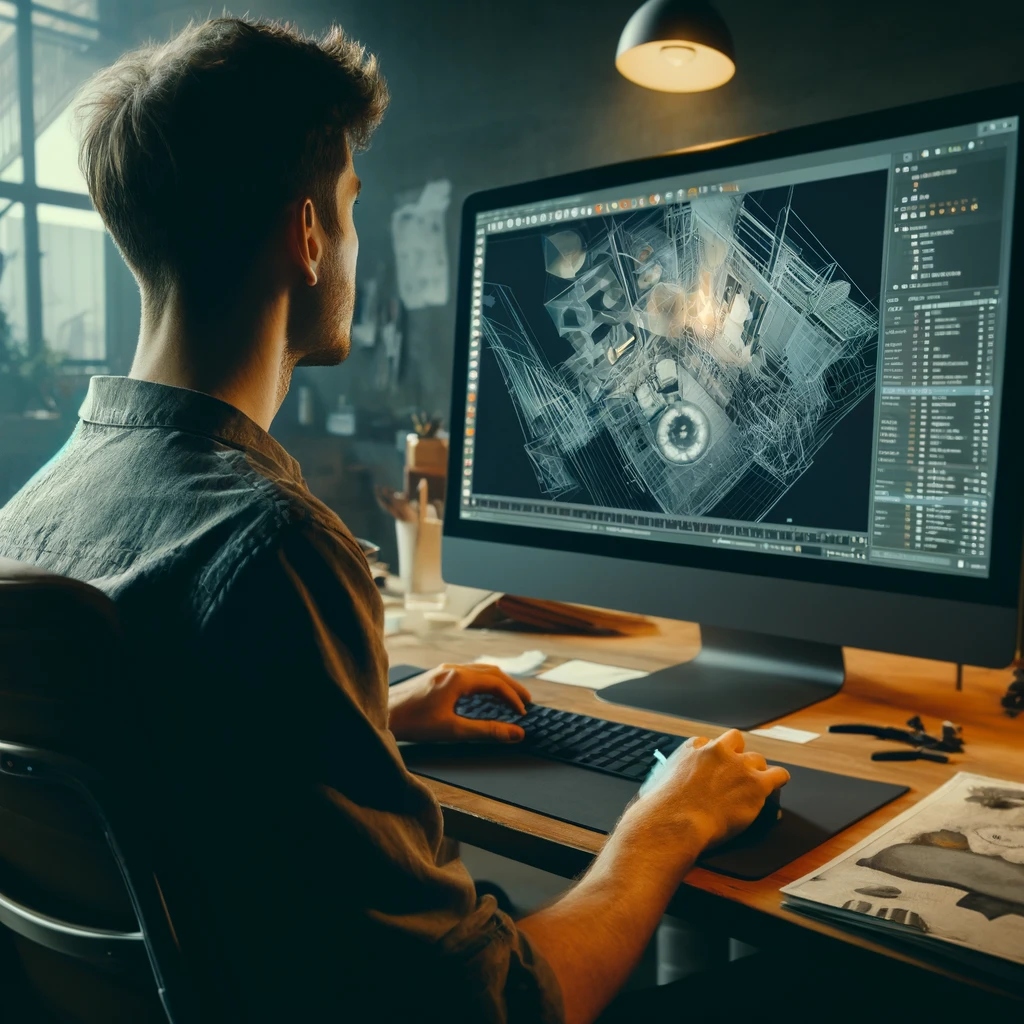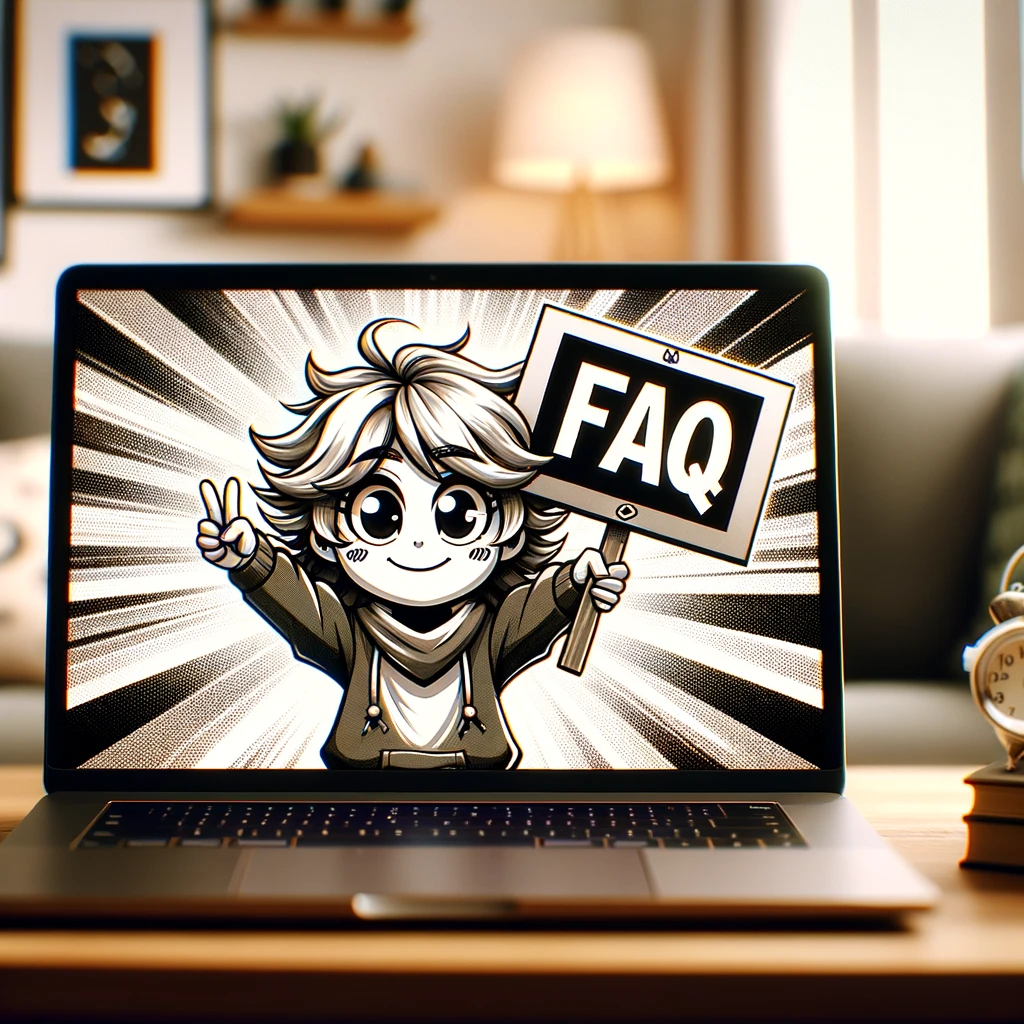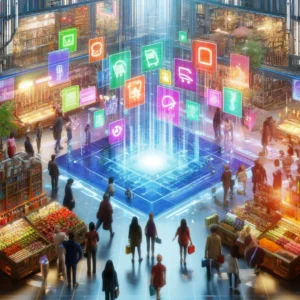Top 23 Animation Styles

Table of Contents
Animation has become an integral part of storytelling, entertainment, education, and advertising, evolving from simple hand-drawn sketches to complex computer-generated imagery. The sheer variety of animation styles available today allows creators to tell stories that capture imaginations, convey emotions, and communicate ideas in ways that transcend traditional media.
From the timeless beauty of hand-drawn animation to the immersive realism of 3D CGI, and the captivating simplicity of cutout animation to the vibrant visual storytelling of anime, each style brings something unique to the table. Some styles focus on realism, while others embrace abstraction and experimentation.
This article explores the top 23 animation styles, providing an in-depth look at each technique’s distinctive characteristics and creative potential. Whether you’re an animator seeking inspiration, a student exploring animation, or simply an enthusiast of animated art, this comprehensive guide will help you understand and appreciate the diverse world of animation.
Enjoy!
| Subject Title | Subject Description |
|---|---|
| Hand-Drawn Animation | Classic style using hand-drawn frames. |
| 2D Animation | Traditional flat animation for storytelling. |
| 3D Animation | Realistic and modern computer-generated imagery. |
| Motion Graphics | Graphical animation for information delivery. |
| Stop-Motion Animation | Frame-by-frame manipulation of physical objects. |
| Cutout Animation | Utilizing paper cutouts and digital cutouts. |
| Rotoscoping Animation | Tracing over live-action footage. |
| Paint-on-Glass Animation | Using oil paints on glass surfaces. |
| Sand Animation | Creating images with sand on a lit glass surface. |
| Claymation | Stop-motion animation using clay models. |
| CGI Animation | Computer-generated imagery for animation. |
| Experimental Animation | Unconventional techniques for artistic expression. |
| Animatics | Animated storyboards as preliminary animation. |
| Whiteboard Animation | Simulates drawings on a whiteboard. |
| Vector Animation | Scalable vector graphics for animation. |
| Anime-Style Animation | Japanese animation known for unique characteristics. |
| Limited Animation | Simplified animation technique with fewer frames. |
| Pixel Art Animation | Retro style using pixel graphics. |
| Silhouette Animation | Using shadowy figures for storytelling. |
| Fluid Simulation Animation | Creating realistic fluid dynamics in animation. |
| Audio-Reactive Animation | Animation that responds to audio input. |
| Kappa-Style Animation | Distinct art style originating from digital artists. |
| Web Animation | Optimized animation styles for the web. |
| FAQ | Answers to common questions about animation styles. |
Animation Styles
1. Hand-Drawn Animation
Hand-drawn animation, also known as cel animation or traditional animation, involves drawing each frame by hand. This classic style was widely used in early Disney films like Snow White and the Seven Dwarfs (1937) and Bambi (1942). Artists meticulously draw frame-by-frame to create a seamless animation flow. Each frame is painted onto transparent celluloid sheets, layered over a static background, and photographed sequentially to create the final film.
2. 2D Animation
2D animation refers to creating movement in a two-dimensional space. It forms the foundation of traditional animations and continues to thrive in TV shows, movies, and explainer videos. Characters and backgrounds are flat, and the focus is on storytelling through creative use of movement, color, and framing.
3. 3D Animation
3D animation uses computer graphics to create three-dimensional objects and environments. Pixar and DreamWorks popularized this style through films like Toy Story (1995) and Shrek (2001). 3D animation offers more realism, flexibility, and lifelike character expressions, thanks to advanced modeling, lighting, and texturing techniques.
4. Motion Graphics
Motion graphics combine graphic design and animation to convey messages or tell stories. They often include text, shapes, and simple characters, making them popular in advertisements, explainer videos, and promotional content. Their versatility allows them to range from simple logo animations to complex animated infographics.
5. Stop-Motion Animation
Stop-motion animation involves manipulating physical objects frame by frame to create an illusion of movement. Famous examples include Wallace & Gromit and Coraline. Puppets, clay, or everyday objects can be used for this style.
6. Cutout Animation
Cutout animation involves using flat characters and backgrounds cut from paper or created digitally. South Park is a well-known example of this technique. It’s quick to produce and allows for distinctive visual styles, making it suitable for satire, educational content, and quirky storytelling.
7. Rotoscoping Animation
Rotoscoping is the process of tracing over live-action footage to create realistic animations. This technique can be seen in A Scanner Darkly (2006) and The Lord of the Rings (1978). It blends live-action realism with animated aesthetics, making it ideal for surreal storytelling.
8. Paint-on-Glass Animation
Paint-on-glass animation involves painting directly on glass surfaces with oil paints. The frames are manipulated frame-by-frame under the camera. Aleksandr Petrov’s The Old Man and the Sea (1999) is a striking example, showcasing the fluidity and dreamlike visuals of this technique.
9. Sand Animation
Sand animation uses sand on a backlit glass surface to create frames. Artists manipulate the sand to form shapes and tell stories. Kseniya Simonova, a Ukrainian sand artist, gained popularity for her live sand animation performances. This style relies on the dynamic flow of sand, offering a constantly evolving visual experience.
10. Claymation
Claymation is a stop-motion animation style using clay models. Each model is moved slightly and photographed frame-by-frame. Wallace & Gromit and The Nightmare Before Christmas showcase this timeless technique. The malleability of clay allows for expressive characters and imaginative worlds.
11. CGI Animation
CGI (Computer-Generated Imagery) is a broad term that covers 3D animation and other computer-generated visual effects. Films like Avatar (2009) and The Lion King (2019) demonstrate the high-quality realism achievable with CGI. It has revolutionized the animation industry, enabling the creation of visually stunning and lifelike characters, creatures, and environments.
12. Experimental Animation
Experimental animation encompasses unconventional and abstract styles that defy traditional rules. Artists use non-traditional techniques like painting directly on film, scratching on celluloid, or combining live-action with animation. The resulting visuals often prioritize artistic expression over storytelling.
13. Animatics
Animatics are animated storyboards used to visualize a project before full production. They help filmmakers and animators see how scenes will flow and make adjustments before the final animation stage. While not fully animated, they provide a clear representation of pacing, framing, and narrative structure.
14. Whiteboard Animation
Whiteboard animation simulates drawings on a whiteboard, often accompanied by narration. It’s widely used in educational videos and explainer content to break down complex topics. The style involves drawing and erasing illustrations on a virtual whiteboard to guide viewers through a narrative.
15. Vector Animation
Vector animation uses scalable vector graphics to create animations. These graphics maintain quality regardless of scaling, making them suitable for web content and apps. Unlike raster graphics, vector graphics are composed of paths rather than pixels, offering smooth and sharp visuals.
16. Anime-Style Animation
Anime-style animation, originating from Japan, is known for its unique visual characteristics, including large eyes, colorful artwork, and imaginative worlds. Popular examples include Naruto and Attack on Titan. The style often blends fantasy elements with everyday life, creating rich and diverse storylines.
17. Limited Animation
Limited animation is a simplified technique that reduces the number of frames per second. It became popular with Hanna-Barbera shows like The Flintstones and The Jetsons due to its cost-effectiveness. By reusing background and character assets, limited animation offers an efficient way to produce engaging content.
18. Pixel Art Animation
Pixel art animation creates retro-looking animations using small pixel graphics. This style was popular in old video games and has made a comeback with games like Celeste and Stardew Valley. The simplicity of pixel graphics requires creativity in design, resulting in highly stylized and memorable visuals.
19. Silhouette Animation
Silhouette animation involves creating shadowy figures that move against a lit background. Lotte Reiniger’s The Adventures of Prince Achmed (1926) remains a classic example of this technique. By using cutout silhouettes, Reiniger created a visually striking film that set a standard for this unique animation style.
20. Fluid Simulation Animation
Fluid simulation animation uses algorithms to create realistic fluid dynamics, such as water, smoke, and fire. These effects are often used in modern CGI animations and visual effects. They add a layer of realism that enhances storytelling, particularly in high-budget action and fantasy films.
21. Audio-Reactive Animation
Audio-reactive animation syncs visuals to audio inputs, creating animations that move and change with music beats. This technique is popular in music videos and visualizers. By analyzing the audio data, artists can create dynamic visuals that enhance the viewer’s auditory experience.
22. Kappa-Style Animation
Kappa-style animation is a digital art movement where artists employ exaggerated proportions, vibrant colors, and surreal imagery. The style often draws influence from memes and internet culture. It’s recognizable for its distorted figures, whimsical backgrounds, and humorous undertones.
23. Web Animation
Web animation includes all styles optimized for web use, such as CSS animations, JavaScript-based animations, and GIFs. It’s crucial for interactive web design and digital marketing. Web animation enhances user experience, highlights key information, and adds an engaging element to online content.
Conclusion to Top 23 Animation Styles

Animation is a powerful medium that transcends cultural and linguistic barriers, captivating audiences with its boundless creativity. From the timeless charm of hand-drawn animation to the high-tech wonders of CGI, each animation style has left an indelible mark on storytelling and visual art.
The exploration of these 23 animation styles reveals the immense diversity within the field. Whether it’s the retro appeal of pixel art, the lifelike realism of 3D animation, or the artistic experimentation of paint-on-glass animation, every style offers something unique.
Creators continue to push the boundaries of what’s possible, blending traditional techniques with cutting-edge technology to bring new worlds to life. Motion graphics enhance communication, stop-motion brings inanimate objects to life, and web animation makes the digital world more engaging.
As animation evolves, it remains a vital tool for storytelling, advertising, education, and artistic expression. Understanding these different styles empowers animators, designers, and enthusiasts to explore the creative potential of this versatile medium.
Whether you’re looking to produce your next animation masterpiece or simply appreciate the art form, this guide provides a comprehensive overview of the animation world’s dynamic and exciting landscape.
Explore More Animation Styles:
Top 23 Animation Styles FAQs

What is the difference between 2D and 3D animation?
2D animation involves drawing characters and backgrounds in a two-dimensional space, while 3D animation uses computer-generated models to create depth and realism in a three-dimensional space.
How is stop-motion animation different from other animation styles?
Stop-motion animation involves physically manipulating objects frame-by-frame, while other styles often rely on drawings or computer-generated graphics.
What makes anime-style animation unique?
Anime-style animation, originating from Japan, is characterized by its distinct art style, large eyes, and imaginative worlds. It often blends fantasy elements with everyday life.
Is rotoscoping still used today?
Yes, rotoscoping is still used in modern animation. It’s commonly used to create realistic movements by tracing over live-action footage.
Why is limited animation popular?
Limited animation is popular because it reduces production costs while maintaining quality storytelling, especially in TV shows.
What are the most popular types of animation styles?
The most popular animation styles include traditional hand-drawn animation, 3D computer animation, stop motion, and motion graphics. Each style has unique characteristics and is chosen based on the artistic and narrative requirements of the project.
How has animation evolved over the years?
Animation has evolved from simple hand-drawn scenes to complex digital productions. Early animations were often black and white and involved basic movements. Today, advancements in technology have introduced sophisticated 3D animation and visual effects that offer realistic textures, complex movements, and immersive experiences.
What is the difference between 2D and 3D animation?
2D animation involves creating movement in a two-dimensional space, using characters and backgrounds that are typically drawn or painted. 3D animation involves creating characters and environments in three-dimensional space, which allows for more depth, realism, and fluid movement.
Can you mix different animation styles in a single project?
Yes, mixing different animation styles in a single project is possible and can be very effective. Combining styles like 2D and 3D animation can bring unique visual elements to a project and enhance storytelling through contrasting aesthetics.
What resources are needed to start learning animation?
To start learning animation, you will need access to a computer, animation software (like Adobe Animate, Blender, or Maya), and educational resources such as tutorials, online courses, and books. Practicing regularly and studying animations from other artists can also be highly beneficial.
Top 23 Animation Styles An Article by Nicole Delgado 2024 | CMO | Explainer Video Company | Animated Explainer Videos For Business
Related Articles:
High-Quality Animation Services: Ensuring Your Message Stands Out



